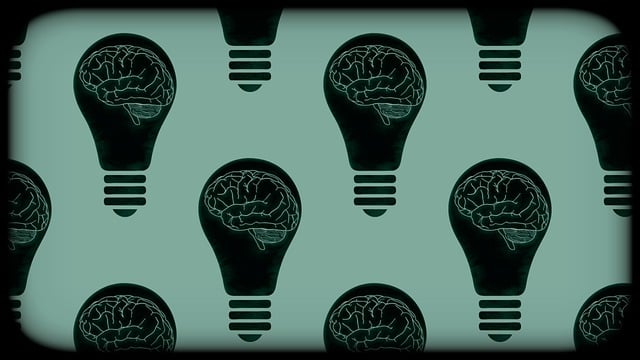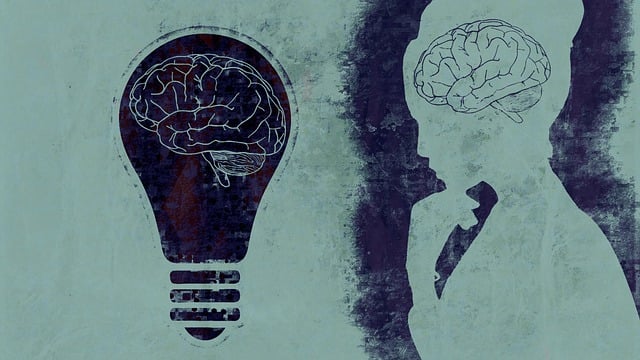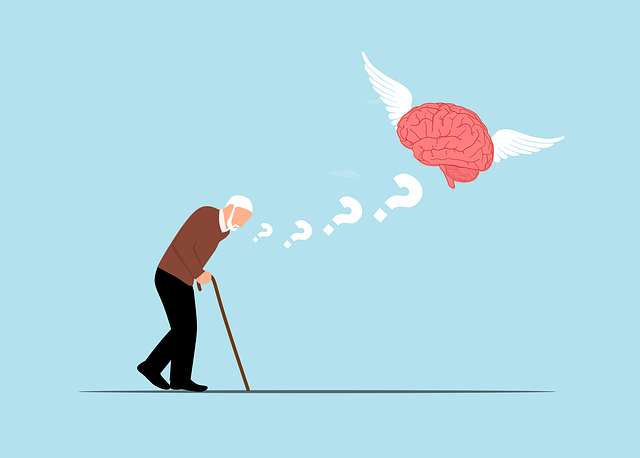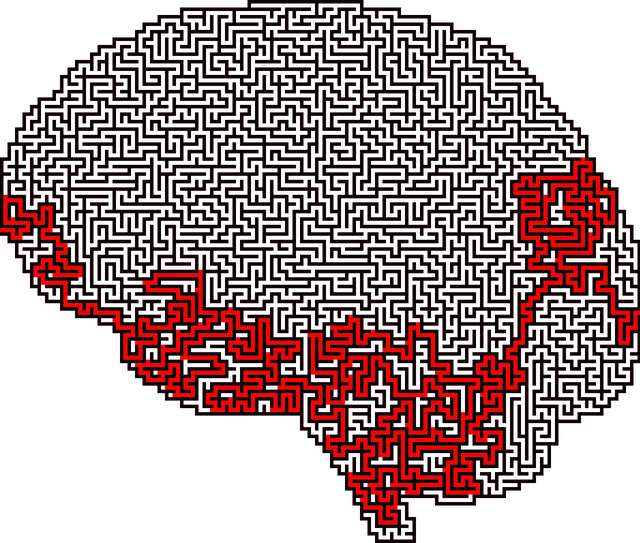Emotion regulation is vital for mental well-being, especially for those with conditions like Littleton Dissociative Disorder (LDD). Techniques such as Mental Health Policy Analysis, Coping Skills Development, and Mind Over Matter help individuals identify triggers, express feelings constructively, and adopt positive thinking. Mindfulness meditation and cognitive restructuring are key methods, fostering healthier emotional responses. Integrating Littleton Dissociative Disorder Therapy (LDDT) into emotion regulation instruction offers a unique approach, focusing on dissociation-emotional regulation relationships and enhancing traditional strategies through mindfulness, self-awareness, and challenging unhelpful thoughts—all core aspects of emotional intelligence.
Emotion regulation techniques are essential tools for managing and understanding one’s internal states. This comprehensive guide delves into the significance of teaching these skills, especially in addressing complex conditions like dissociative disorder. By exploring evidence-based practices, we offer a detailed look at various techniques, including strategies from the Littleton Dissociative Disorder Therapy approach. Understanding emotion regulation is no longer optional; it’s a vital skill to navigate life’s challenges effectively.
- Understanding Emotion Regulation and Its Importance
- Techniques for Teaching Emotion Regulation: A Comprehensive Guide
- Integrating Littleton Dissociative Disorder Therapy into Emotion Regulation Instruction
Understanding Emotion Regulation and Its Importance

Emotion regulation is a vital skill that plays a crucial role in maintaining mental health and overall well-being. It refers to the ability to understand, manage, and respond to one’s emotions effectively, ensuring they don’t overwhelm or control us. This process involves recognizing and accepting emotional experiences while learning appropriate ways to express them. For individuals with conditions like Littleton Dissociative Disorder, mastering emotion regulation techniques is essential for managing symptoms and improving quality of life.
Teaching individuals coping skills through methods such as Mental Health Policy Analysis and Advocacy, Coping Skills Development, and Mind Over Matter principles can empower them to navigate their emotional landscapes. By learning to identify triggers, express feelings healthily, and adopt positive thinking patterns, people can enhance their resilience and reduce the impact of negative emotions. This proactive approach is transformative, fostering a sense of control and empowering individuals to lead fulfilling lives despite challenges.
Techniques for Teaching Emotion Regulation: A Comprehensive Guide

Teaching emotion regulation techniques is a comprehensive guide for professionals aiming to help individuals manage and understand their emotions effectively. This process involves equipping people with tools to identify, express, and control their feelings, leading to improved emotional well-being promotion techniques. One of the most effective methods is mindfulness meditation, which helps individuals stay present and observe their emotions without judgment. By practicing mindfulness, individuals can learn to differentiate between transient feelings and lasting emotional states, thereby fostering healthier responses.
Additionally, encouraging positive thinking can significantly contribute to emotion regulation. This involves reframing negative thoughts and replacing them with more balanced and constructive ones. Techniques such as cognitive restructuring and affirmations can help individuals challenge unhelpful thought patterns, promoting a more positive outlook that enhances their ability to cope with challenging situations. In the context of Littleton dissociative disorder therapy, these techniques are instrumental in helping individuals integrate fragmented emotions and experiences, ultimately leading to better emotional regulation and overall mental health.
Integrating Littleton Dissociative Disorder Therapy into Emotion Regulation Instruction

Integrating Littleton Dissociative Disorder Therapy (LDDT) into emotion regulation instruction offers a unique and powerful approach to helping individuals manage their emotions effectively. LDDT, developed by Dr. Peter Lilienfeld, focuses on the relationship between dissociation and emotional regulation, providing valuable insights for those struggling with regulatory challenges. By incorporating LDDT techniques, educators can enhance traditional emotion regulation strategies.
This therapy emphasizes mindfulness, self-awareness, and cognitive restructuring as core components of emotional intelligence (EI). It teaches individuals to recognize and accept their emotions without judgment, a crucial aspect of stress reduction methods. Mind over matter principles are also woven into the fabric of LDDT, encouraging clients to challenge unhelpful thoughts and beliefs associated with their emotional experiences. This holistic integration empowers individuals to navigate life’s complexities, fostering better emotional health outcomes.
Emotion regulation is a vital skill, especially in managing complex mental health conditions like dissociative disorder. By integrating strategies from Littleton Dissociative Disorder Therapy into teaching practices, educators can empower students to navigate and understand their emotions effectively. This comprehensive guide offers a roadmap for instructors to enhance their curriculum with evidence-based techniques, fostering a supportive environment where learners can develop resilience and emotional agility. Through these teachings, individuals can better cope with life’s challenges, leading to improved overall well-being.














